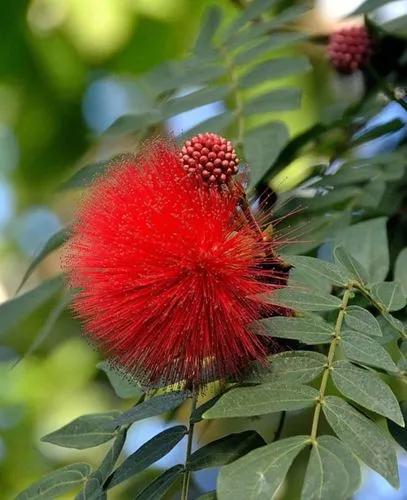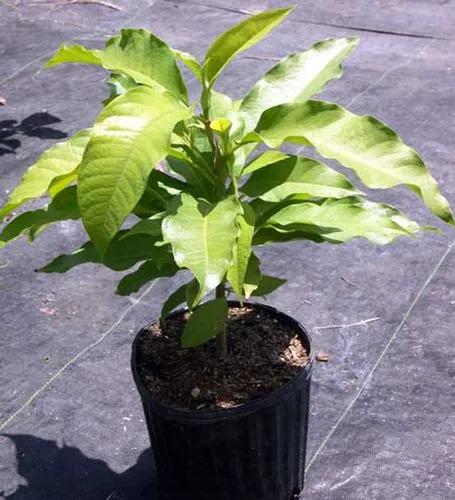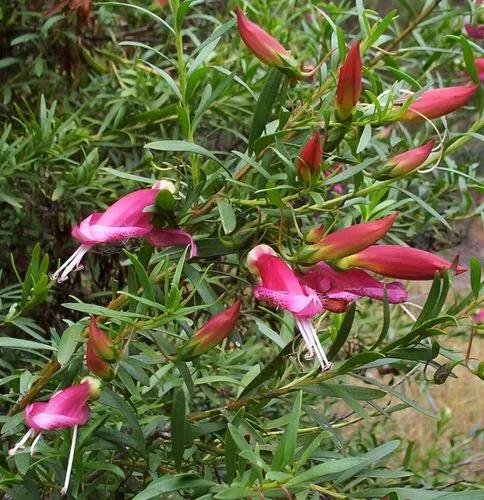A well-known evergreen shrub with silver-green leaves and a heavy and unmistakably wonderful scent. This edible plant is extremely easy to maintain and can be an excellent addition to any garden, home, and pantry.
Lavender Care
Lavandula



Lavandula is a genus of plants that includes 47 species, all similar but biologically different from each other. A native of the Mediterranean region, this greenie was cultivated for its many properties for centuries! The most used and commonly seen species are English lavender, French lavender, and Spanish lavender.
Their characteristic fragrant flowers are arranged in spikes and vary in a spectrum of purples and blues. In the summer, their bright colors and intense scent attract wildlife like butterflies and bees.
They are versatile, used in homemade bug and parasite repellents, seasonings, and aromatherapy through their essential oils. They also have several medical and beauty benefits, and their dried flowers are perfect for potpourris.
How to Care for the Plant

Water

Lavender doesn’t require much water. It should be watered thoroughly but sparsely. To know when to give your plant a sip, wait and check if the soil feels dry.

Pruning

Different species grow at different rates, with the French variety growing between 24-35 inches (60-90cm) and the English one up to 5ft (1.5m). Cut some foliage after blooming and prune annually to maintain its bushy look.

Fertilizer

Lavender enjoys fertilizers rich in phosphor. You can feed your plant once a week in early spring to stimulate blooming.

Sunlight

This greenie should be in direct sunlight all day. The sunnier it is, the more fragrant flowers get. You can place your green pet next to a south-facing window.

Soil

A well-drained mix including sand, substrate, and organic matter would be ideal for your lavender! Chalky soils can be a good option as well. This flowering beauty develops best in neutral to alkaline soils, so keep the soil pH in check.

Propagation

Lavender is easy to propagate! It can be done by seed, root, and stem cuttings.

Temperature

In Mediterranean weather, temperatures reach 68-86°F (20-30°C) during spring-early summer, but winters are also cold, making lavender comfortable inside a wide range of temperatures. It can tolerate drought, cold, and frost; some species can even handle tropical heat.

Container

Choose any container with drainage holes, as this greenie is prone to root rot.

Fun fact

As a medicinal plant, it helps with insomnia, anxiety, muscular ache, acne, and skin inflammation, because of its analgesic, sedative, relaxing and anti-inflammatory properties.

Popularity

9,481 people already have this plant 3,032 people have added this plant to their wishlists
Discover more plants with the list below
Related articles






